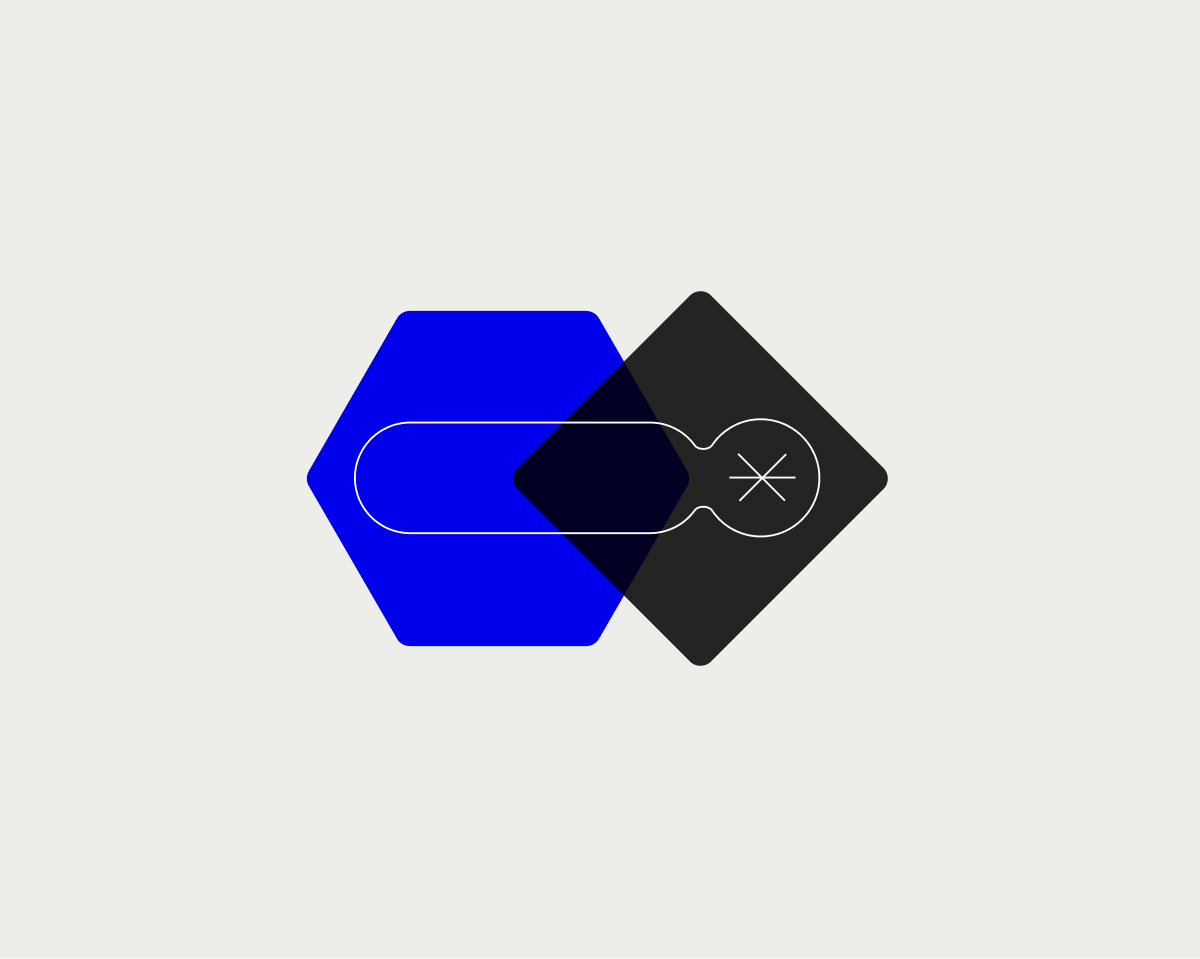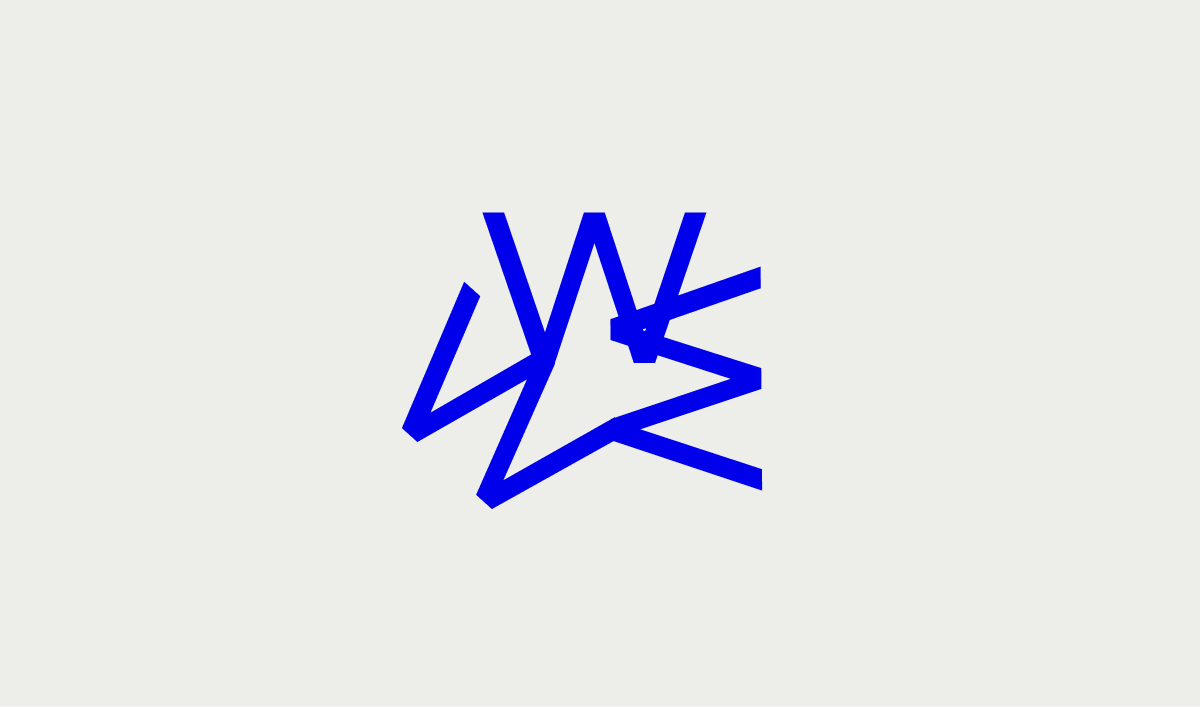Writing these words has taken more than two months, during which I have been in contact with different professionals and professional colleagues. The goal was to understand how fear affected designers when building successful products.
I thought that being something so intimate and personal, so apparently hidden, it would be an opportunity to talk about something taboo, hidden, and unknown.
I was dead wrong. I was able to find and receive a multitude of books and articles that talk about this emotion. And contrary to what I could have foreseen, dozens of professionals were open to sharing their main fears, showing patterns and the obvious, that fear is something normal and common, that it has many forms, and that despite this, it seems to be rarely talked about. in companies since there is still the belief that it is forbidden to be afraid.
Designers, managers, clients... Everyone is or has been afraid at some point. In no way does title or position protect you from what is probably the most basic of human emotions.
Impostor syndrome, fear of change, feeling threatened by colleagues, fear of failing, being vulnerable, not liking, worthless, failing, succeeding, not receiving the bonus, conflict... Dozens, maybe hundreds of ways, that they seem to be detonated in search of our survival in the work environment, and it makes sense if we take into account that this is fear, an alert against external dangers that allows us to react to them, thus favoring the survival of the individual (and of the species).
— Designers, managers, clients... Everyone is or has been afraid at some point. In no way does title or position protect you from what is probably the most basic of human emotions. —
Everything is fear
So nuclear is fear that it affects the entire decision process. Of all the situations in a project, few can trigger so many fears and stress in so many people simultaneously as the possibility of not meeting the delivery date.
There are so many possibilities with which it connects that it usually produces a brutal transfer of nervousness between the parties as if it were a game of "hot potato."
For example, the client, once he understands the situation, is upset or worried for fear of how it will impact his results, the mood of his bosses, his bonus, his credibility, who knows... He will most likely transfer his stress and discomfort to the manager or project manager of the team to get the situation corrected. We can't afford a delay, do something.
This next level, out of fear of conflict, tension, something going wrong, being singled out, and ultimately losing their job, proceeds to transfer the message (their stress) to the team, who, this time, without the ability to go beyond the pressure on anyone else, tends to speed up the pace of deliveries, aware that each one of them will be one less drop in the glass of pressure and stress.
In this situation, the big loser is the product; it is the quality. The faster and with all the attention to deliver, the greater the error probability.
The first idea that serves to be delivered will be the winner, not necessarily the best. It will not be the one that best solves the problem, the one that suits the business and user, the one for which we are actually paid.
Fear is the greatest enemy of design because it can drive everyone away from the only purpose for which they were hired.
Small but systemic behavior, which applied to the entire group (stakeholders + designers) for an extended period, exponentially increases the chances of creating a failed product.
— Fear is the greatest enemy of design, because it is capable of driving everyone away from the only purpose for which they were hired. —
Anti-Fear Designers
It is not the purpose of this article to explain ancient techniques to control it. Not to mention intelligence, emotional intelligence, and just the same, you, the reader, expected something more exotic. But, in my opinion, there are three fundamental moments that every team must be willing to face and learn to manage. Three moments, which in combination form a perfect protection network against fear.
1. They have difficult conversations
Almost all of us have examples of conversations that we find difficult. Situations that we feel overwhelm us for any reason.
Any problem that affects us, the process, or the performance should be on the table. When you don't talk about it, it often tends to get worse and sooner or later ends up hurting something or, worse, someone.
Who wants to stay in a project where they feel bad? It is better to solve the project as soon as possible, and once again, attention is no longer where it should be, on ensuring the best solution, on quality.
Being able to enter and remain in these conversations and be able to feed them to extract from it what is necessary to produce a favorable result is an essential skill to prevent external and own fears from taking over the effect, and by the way, almost always, a unique opportunity to grow.
— It is difficult to solve something one is unwilling to discuss. Going deeper into the conflict, and talking openly about it, opens the door to resolving what is really important. —
To achieve this, an anti-fear designer is capable of accepting his own tension instead of wanting to avoid it. He understands the importance of getting into it and is capable of defining strategies that allow him, first of all, to extract the necessary understanding of the problem and then to be able to propose, as if it were a design, the best possible solution.
2. They ask for feedback
Feedback sessions are a unique trigger for fears, which usually have defensive or evasive attitudes in the best of cases, and a tendency to self-deception in the worst. The ability to sneak or make up the sessions to hide what isn't right.
Fear is irrational, and I believe this is the case that best demonstrates it. You're afraid of failing, that your idea won't work, that it says something bad about you. Not being up to the job, re-working, or working extra hours, not meeting the deadline... Fear of being bad, not serving, of being exposed... So many ways.
And yet, receiving feedback is by far the best tool a designer has to avoid failure and to raise the quality of his ideas. No matter how good they are, a designer or a team cannot see everything, and no one is infallible.
And it is irrational because not to receive it is to lose the opportunity to detect errors, to dispense with ideas that could be brilliant, and to make with them what we are paid for the best possible product. The one that best solves the problem.
Including in our process spaces to receive criticism from colleagues, 'stakeholders' and users, spaces to process it, understand it, and adapt it promptly, is not optional, it is to have a huge safety net that protects us precisely from the worst possible feedback, that of a project on the street that fails, that does not meet expectations or obtain the desired results.
03. The say 'No'
It happens that sometimes, NO, it is a taboo. Our position, position, and situation may not allow themselves to be too explicit with this word. After all, no one wants to put their job at risk. What to do, then?
First of all, be aware that we need a difficult conversation. Second, prepare to have it. There are many ways to say no. Evidencing the consequences through data, A/B Testing, user tests, the results of some interviews, surveys, or a combination of several can be effective.
First of all, be aware that we need a difficult conversation. Second, prepare to have it.
When everything is conversation at a table, and everything is opinions, it is easy to develop a winning HIPPO (Highest Paid Person Opinion) idea, or even worse, an idea that could harm the job, the team, or the company itself. Suppose we are convinced of it. Presenting arguments and designing rationales, data, evidence, facts, and results can prevent the conversation from moving in that direction.
It is easier to say no to a designer than to the evidence of results.
For a designer, it can be a good exercise to avoid thinking of these situations as conflicts and to do so as opportunities to help the audience understand risks, implications, and possible edges of the problem. Ultimately, the decision may not be ours, but at least we will have done our job.
It's rare for a group to change their minds just because of their faith in a designer. They usually do it out of confidence, which is easier to achieve by explaining and arguing the possible consequences, positive and negative, of each decision and doing it consistently and with results over time.
In conclusion
The biggest fear that a professional involved in the design of a product should have is that of making a bad product. Please put something in the hands of people and companies that end up being harmed by it. Doing a bad job has consequences. Always.
How many projects have failed, fallen, or been damaged because someone avoided the difficult conversation, asked for uncomfortable feedback, or didn't dare or couldn't find a way to say NO.
Surely you remembered some reading these lines.




